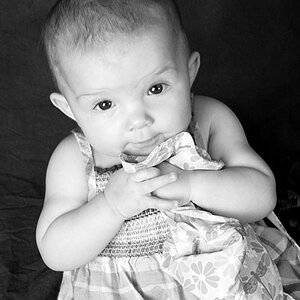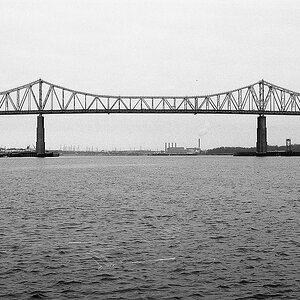Actor
TPF Noob!
- Joined
- Mar 4, 2007
- Messages
- 421
- Reaction score
- 1
- Location
- Ohio
- Can others edit my Photos
- Photos NOT OK to edit
Last week Turner Classic Movies showed the 1966 movie Blowup. It's been one of my favorite movies ever since its release but there's one thing that's always bugged me about it. In the movie the protagonist accidentally photographs a murder, but he does not discover it until after he has made a really big print. I think the photo was taken with a 35mm camera but it's kind of hard to tell for sure. It could be a medium format SLR. Anyway, he starts with what appears to be a 20x30 print. Then he makes a 20x30 that has been cropped.
Now comes the part that bugs me. He isolates a part of the cropped print and takes a picture of this part of the print with a 4x5 camera, then blows that up, getting a very grainy picture of what appears to be a hand holding a gun. But why do that? If the print made from the 35mm neg is considered a 1st generation copy, then the 4x5 neg would be a 2nd generation copy and the print from that would be 3rd generation. Would not a 3rd generation copy have less information than a 1st generation. Instead of making a 4x5 copy would not more detail be observed in an equally big print made straight from the 35mm neg?
Of course making a really big print requires a lot of distance from the enlarge lens to the paper and maybe his darkroom was not big enough.
I'd think that the cinematographer would be aware of this and would have told the director. On the other hand a lot of directors do not welcome suggestions from crew, then get enough of that from the cast. Then again it's possible that the director hoped that the making of the 4x5 neg would more effectively signal the audience that a really big "blowup" was being made, however, I don't think most audience members would pick up on this unless they already new a great deal about photography.
Now comes the part that bugs me. He isolates a part of the cropped print and takes a picture of this part of the print with a 4x5 camera, then blows that up, getting a very grainy picture of what appears to be a hand holding a gun. But why do that? If the print made from the 35mm neg is considered a 1st generation copy, then the 4x5 neg would be a 2nd generation copy and the print from that would be 3rd generation. Would not a 3rd generation copy have less information than a 1st generation. Instead of making a 4x5 copy would not more detail be observed in an equally big print made straight from the 35mm neg?
Of course making a really big print requires a lot of distance from the enlarge lens to the paper and maybe his darkroom was not big enough.
I'd think that the cinematographer would be aware of this and would have told the director. On the other hand a lot of directors do not welcome suggestions from crew, then get enough of that from the cast. Then again it's possible that the director hoped that the making of the 4x5 neg would more effectively signal the audience that a really big "blowup" was being made, however, I don't think most audience members would pick up on this unless they already new a great deal about photography.


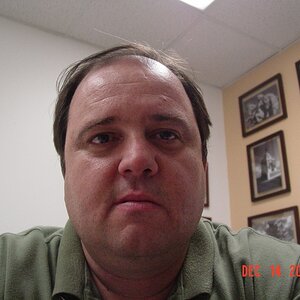
![[No title]](/data/xfmg/thumbnail/37/37605-90c8efaef5b7d1f52d4bf8e7dfd33673.jpg?1619738148)
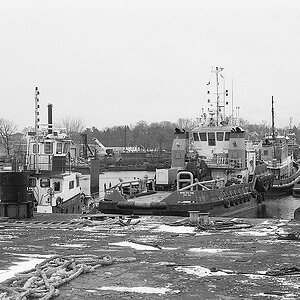
![[No title]](/data/xfmg/thumbnail/34/34118-1c18899050bfacc1ed25ac6c1740422b.jpg?1619736288)
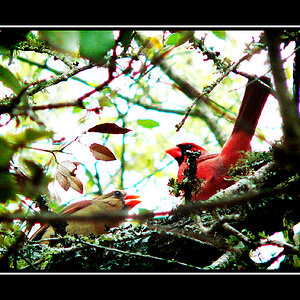

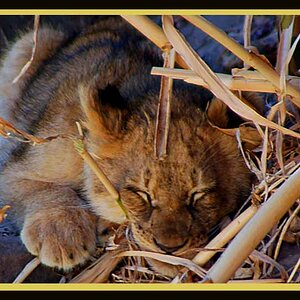
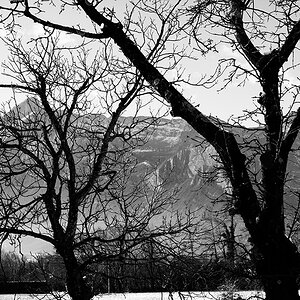

![[No title]](/data/xfmg/thumbnail/35/35969-b6f009f356cac5fdbffb0729bddb9e25.jpg?1619737288)
